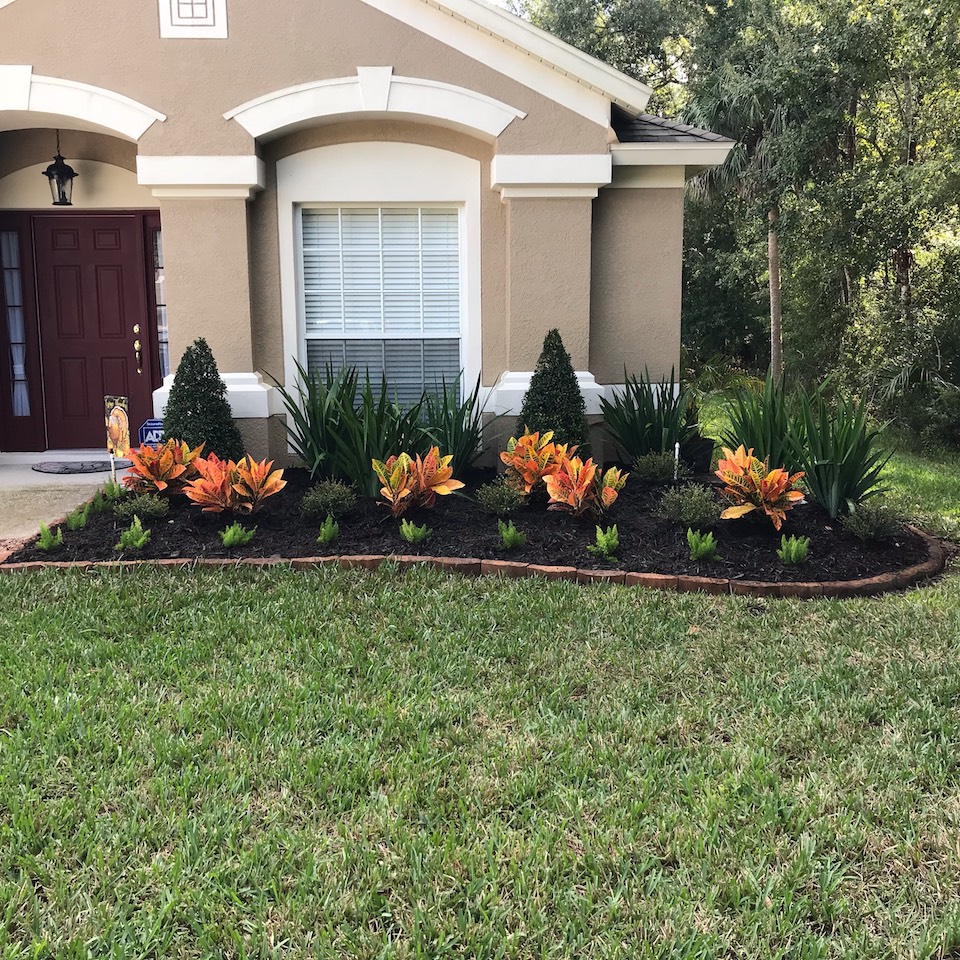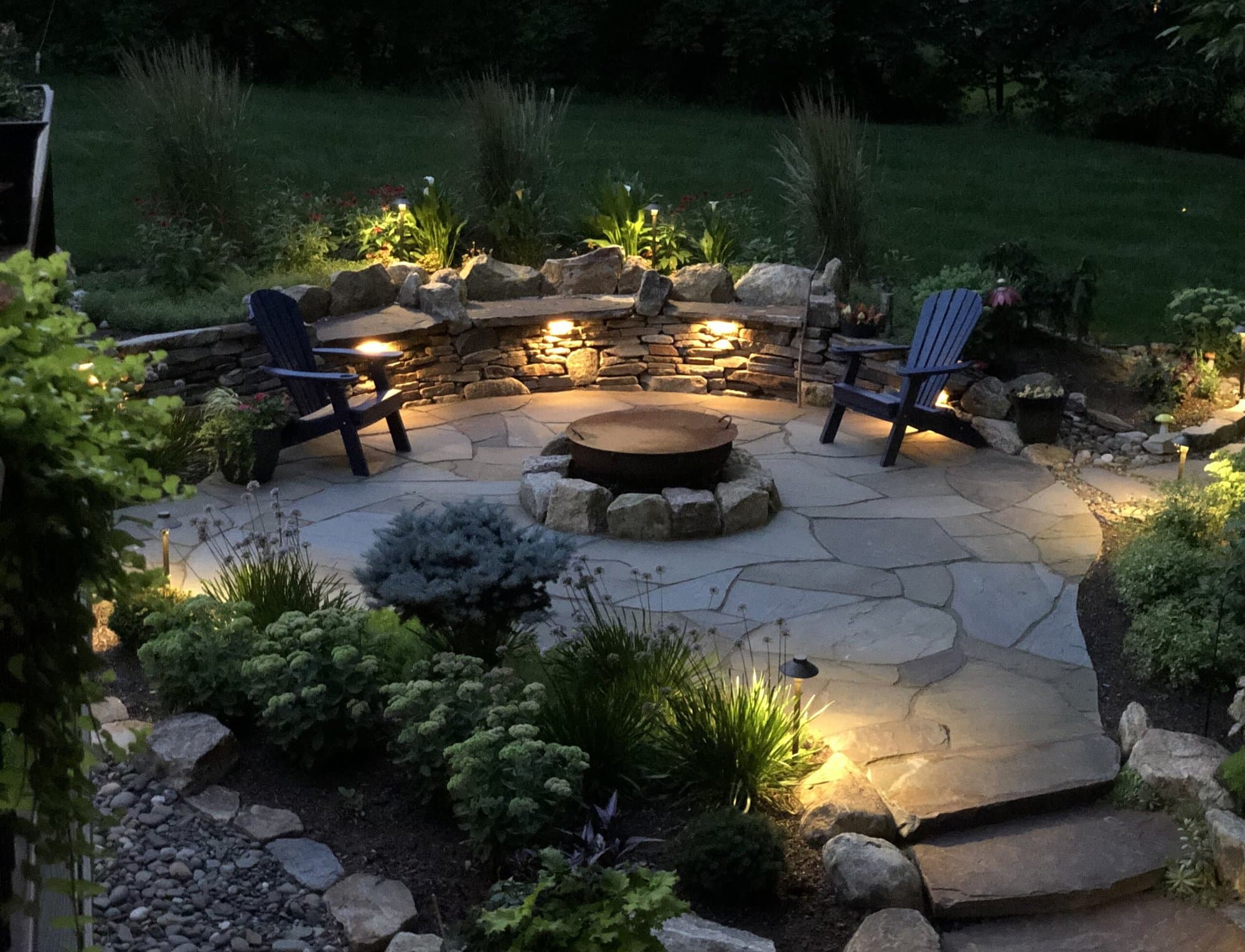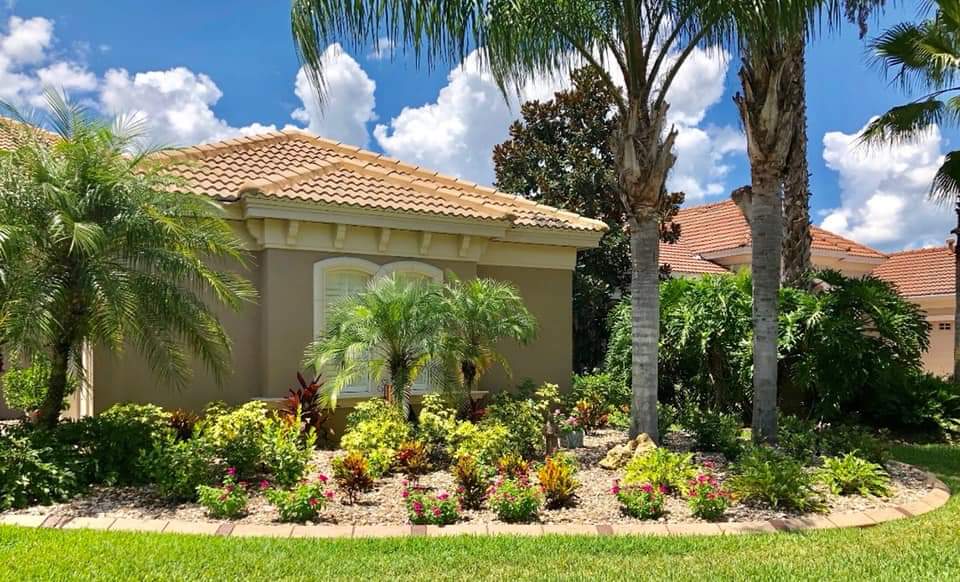Understanding the Numerous Techniques and Fads in Modern Landscape Design for Your Exterior Room
In today's rapidly progressing landscape design market, understanding the varied methods and fads can dramatically boost your outdoor space. The shift in the direction of lasting techniques, the combination of clever technology, and the surge of minimal appearances are reshaping how we perceive and use our yards. By exploring the benefits of indigenous plants and reliable watering systems, one can create an unified setting that is both visually enticing and useful. The concern stays: how can these patterns be successfully tailored to meet private demands?

Lasting Landscape Design Practices
Sustainable landscape design methods mirror an expanding understanding of the environmental influence of standard landscape design methods. These practices prioritize ecological wellness while enhancing the aesthetic value of exterior areas. By integrating techniques such as dirt preservation, water monitoring, and natural gardening, lasting landscape design intends to produce an unified equilibrium between human activity and nature.
One basic concept is the use of efficient irrigation systems, such as drip irrigation and rainwater harvesting, which lessen water waste. Additionally, selecting eco-friendly materials for hardscaping lowers reliance on non-renewable resources. Composting organic waste and utilizing mulching techniques enhances dirt health and wellness while lowering the demand for chemical fertilizers.
Ultimately, lasting landscape design not just addresses prompt environmental worries however likewise advertises lasting eco-friendly sustainability. By taking on these techniques, homeowners and landscape professionals can contribute to a healthier planet while appreciating the benefits of perfectly made outdoor areas.
Incorporating Indigenous Plants
Integrating indigenous plants into landscape design layouts is a pivotal approach for boosting ecological health and advertising sustainability. Indigenous plants are adapted to the neighborhood climate, dirt, and wild animals, making them much more resistant and simpler to maintain than non-native types. This adaptability considerably reduces the need for plant foods and pesticides, causing a much healthier environment.
Utilizing native plants also sustains local environments by offering necessary habitats and food resources for pollinators, birds, and various other wild animals. Moreover, they can properly handle stormwater runoff, as their deep origin systems help to boost soil structure and increase water absorption. This, subsequently, minimizes erosion and decreases the risk of flooding.
When making a landscape with native plants, it is critical to pick types that are appropriate for the specific conditions of the site, such as sunlight direct exposure, soil kind, and dampness degrees. Grouping plants with comparable requirements not just advertises biodiversity yet also improves the aesthetic appeal of the exterior room. By focusing on native plants, home owners and landscape developers can develop beautiful, useful, and eco responsible landscapes that contribute positively to the bordering environment.

Smart Innovation in Horticulture
An expanding number of house owners and landscape experts are embracing smart technology in horticulture to enhance performance and optimize plant care. Palm Desert Landscaping. This innovative method incorporates advanced tools and systems created to streamline horticulture tasks while making certain much healthier plant growth
Among one of the most popular smart modern technologies consists of automated irrigation systems, which make use of sensing units to check dirt wetness levels. These systems readjust watering timetables based upon real-time information, preventing over- or under-watering and saving water sources. Additionally, clever garden monitors track essential parameters such as temperature level, moisture, and light levels, offering important see it here insights that aid garden enthusiasts make informed choices.
In addition, mobile applications now allow customers to from another location control gardening devices, receive alerts regarding plant wellness, and accessibility customized treatment referrals. Gardeners can likewise take advantage of robotic mower and weeding gadgets that run autonomously, substantially minimizing the moment and effort required for maintenance.
Outdoor Living Rooms
As homeowners significantly look for to extend their living areas past the confines of their interiors, outside living locations have actually gained significant popularity. Palm Desert Landscaping. These spaces function as flexible atmospheres for entertainment, relaxation, and household gatherings, transforming conventional lawns into functional extensions of the home
Trick components of outdoor home generally consist of patios, decks, and outdoor kitchens. Products such as natural stone, timber, and composite outdoor decking are frequently made use of to create sturdy and aesthetically appealing surfaces that withstand the components. Furnishings like comfy discover this seats, eating tables, and fire pits enhance the functionality of these areas, enabling homeowners to appreciate their exterior setups year-round.

Inevitably, exterior space reflect a need for connection with nature, advertising a way of living that values leisure, social communication, and a much deeper gratitude for the outdoors.
Minimalist Layout Trends
Emphasizing simplicity and capability, minimalist design patterns have actually obtained traction in landscaping, matching the broader building activity in the direction of uncluttered spaces and clean lines. This strategy prioritizes important elements, minimizing disturbances to develop serene and inviting outdoor settings. Secret functions of minimal landscape design consist of making use of limited plant choices, often preferring native types that call for less maintenance and promote sustainability.

In addition, minimal landscaping emphasizes open space, enabling unhampered sights and the smooth combination of interior and outdoor living. Water attributes, if included, are commonly streamlined and underrated, offering as relaxing prime focus without overwhelming the landscape.
Eventually, minimal style patterns in landscaping cultivate a setting that urges leisure and mindfulness, making them a progressively popular choice for home owners looking for to improve their outdoor areas with style and simplicity.
Verdict
Exterior living rooms, developed with minimal fads, promote relaxation and social interaction. Jointly, these techniques not only enhance the performance of outdoor atmospheres but also promote a harmonious partnership between nature and modern next living.
In today's quickly developing landscape style industry, recognizing the diverse strategies and patterns can considerably enhance your exterior space. Organizing plants with comparable requirements not only promotes biodiversity but also boosts the visual appeal of the outdoor area.Secret parts of exterior living rooms typically include patio areas, decks, and outside cooking areas.Including landscaping functions such as gardens, water components, and calculated lighting can better boost outdoor living rooms. Outdoor living areas, developed with minimal fads, advertise relaxation and social communication.